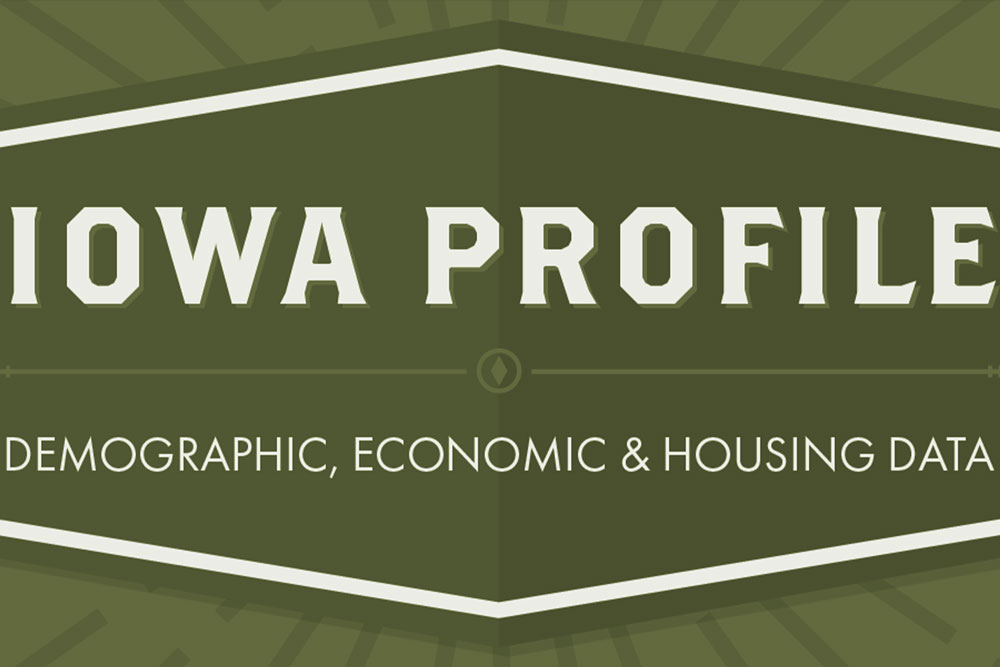
DES MOINES – The Iowa Finance Authority today announced the availability of new housing and economic data and forecasts. The information is available on the Iowa Profile, a centralized and interactive collection of demographics, economic and housing data. The Profile was commissioned by the Iowa Finance Authority and developed by Western Economic Services, LLC.
“The Iowa Profile is updated annually and serves as an invaluable resource in framing housing policies to best address current needs at both the local and statewide level,” said Iowa Finance Authority Executive Director Debi Durham.
The data released today provides a clear picture of the need for additional housing and resources in our state, especially for low-income Iowans, said Director Durham.
Statewide Report Highlights:
- The state is expected to gain approximately 47,000 households by 2030. Of these new households, more than 36,000 are expected to be homeowners and more than 10,000 are expected to be renter households.
- The most common housing problem for Iowans is being housing cost burdened, with 38.6% of renters and 15.8% of homeowners spending greater than 30% of their income on housing costs.
- The lowest income Iowans, those earning between 0-30% of median family income, or $0-$23,070, are the most severely housing cost burdened in the state, with 55% of this segment paying more than 50% of their income for housing costs.
- Housing problems, which include cost burdens, overcrowding and inadequate plumbing and kitchen facilities, are disproportionate by race in the state.
-
- 10.7% of white households have a severe housing problem compared to 39.6% of Pacific Islander and 30.9% of Black households.
- Iowa has an aging housing stock, with 40% of all housing units in the state being built before 1950.
The Iowa Profile is available at iowaprofile.iowafinance.com.
Iowa Finance Authority
The Iowa Legislature created the Iowa Finance Authority in 1975 to undertake programs to assist in the attainment of housing for low-and moderate-income Iowans. Since then, the Iowa Finance Authority’s role has grown to include a wide-range of affordable housing, water quality and beginning farmer programs.






